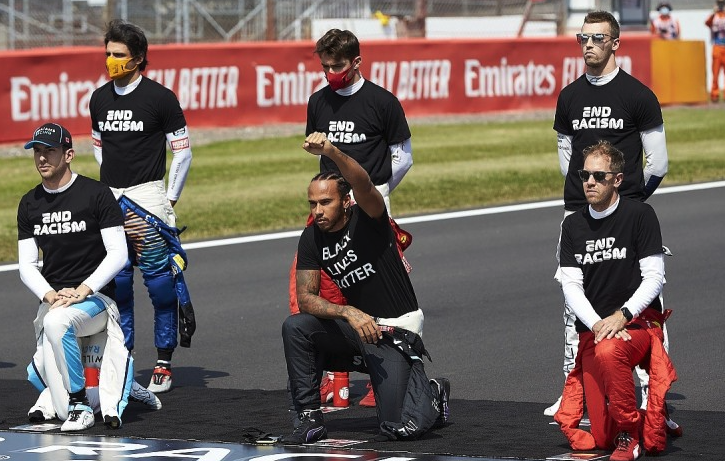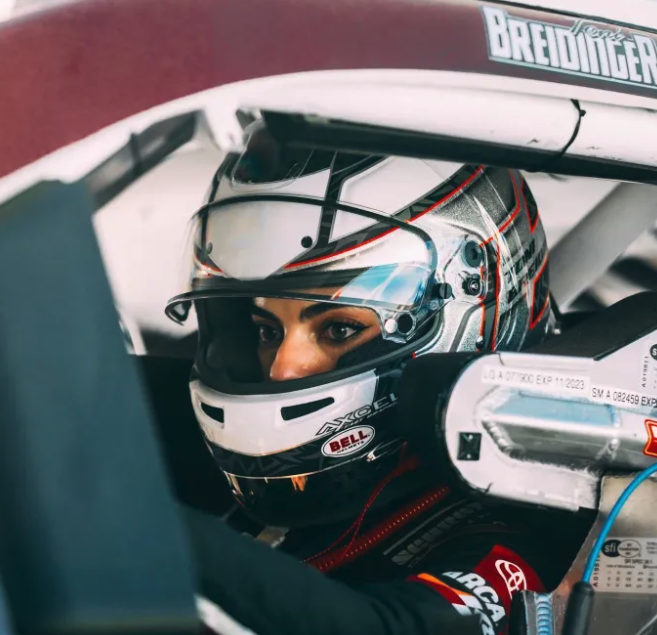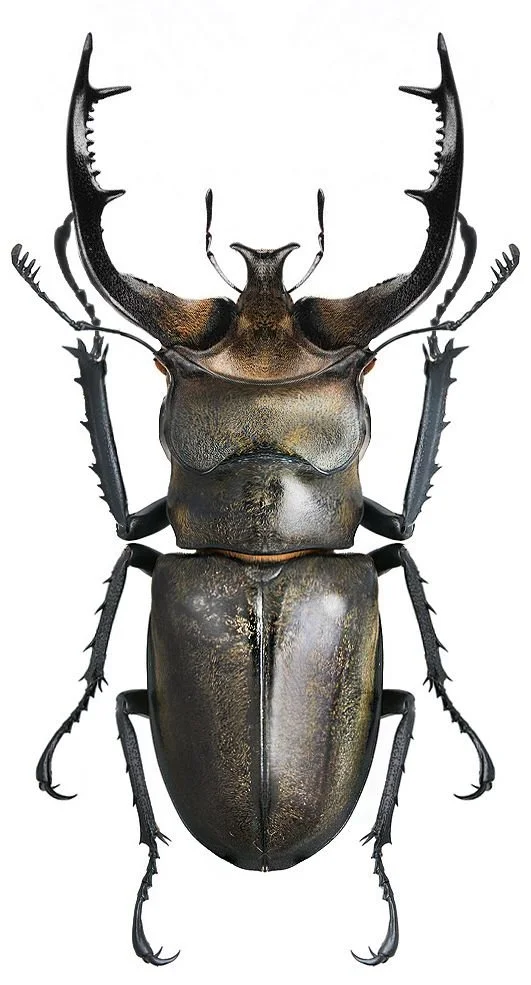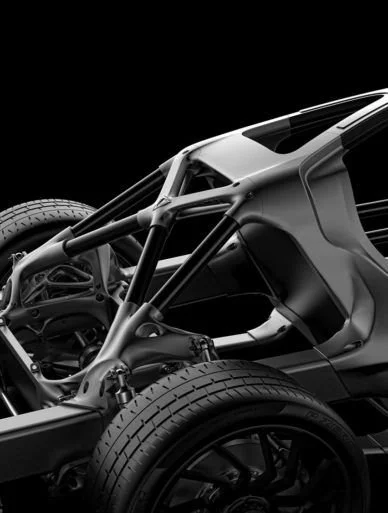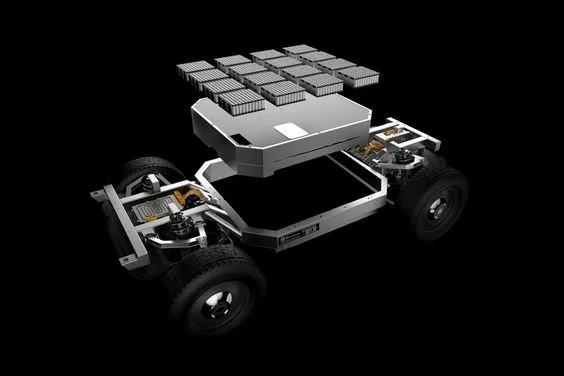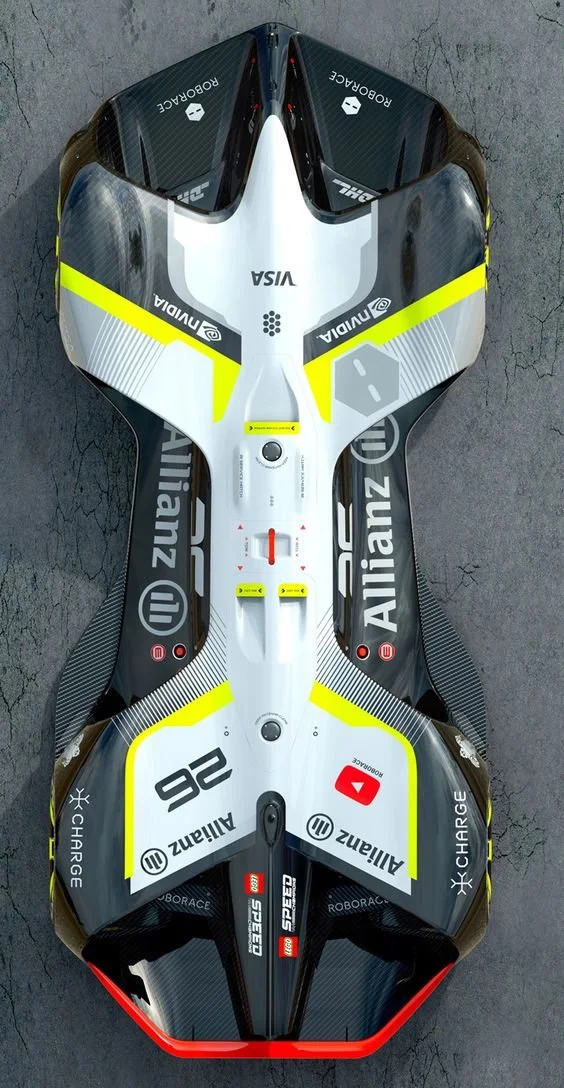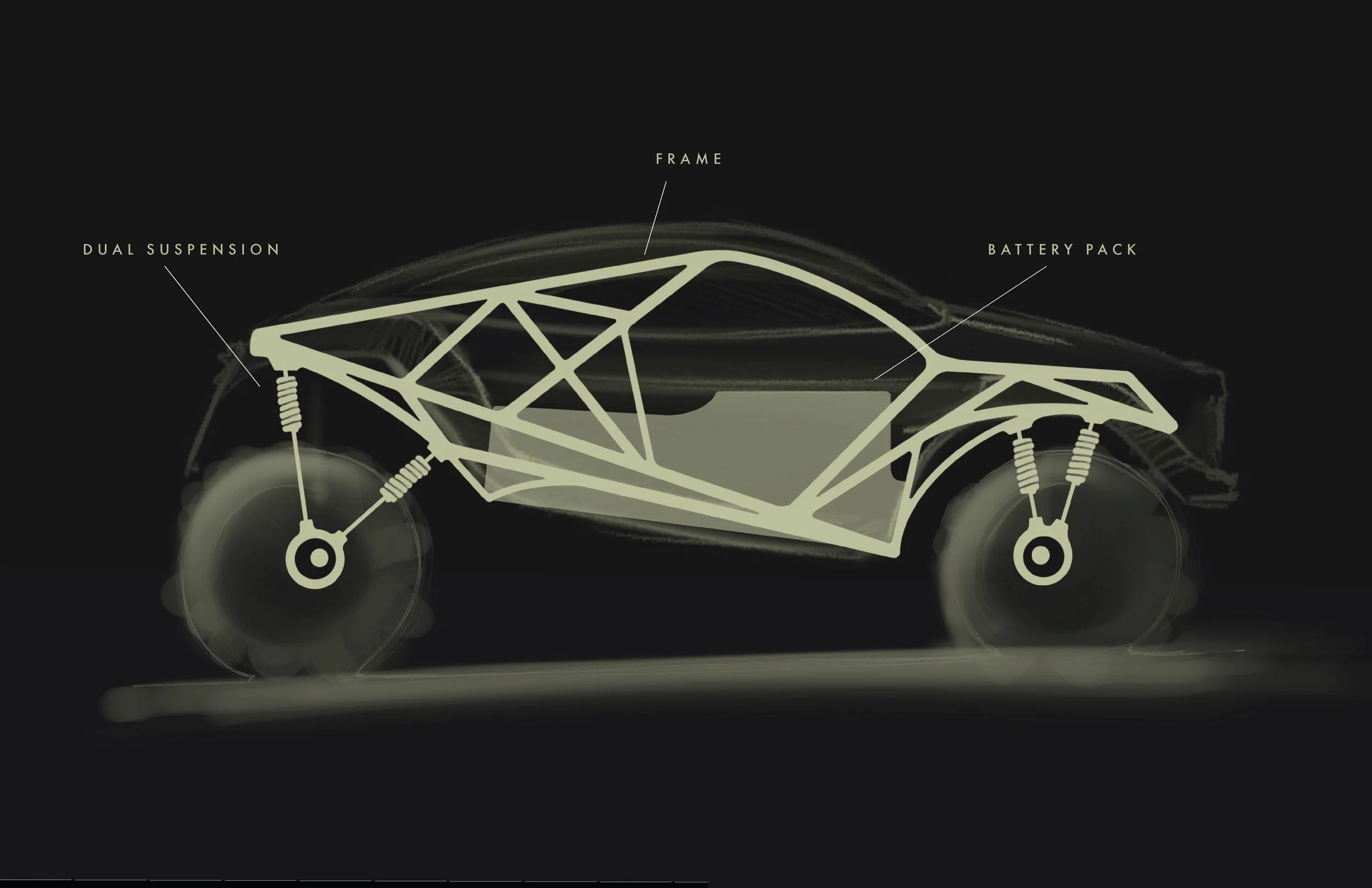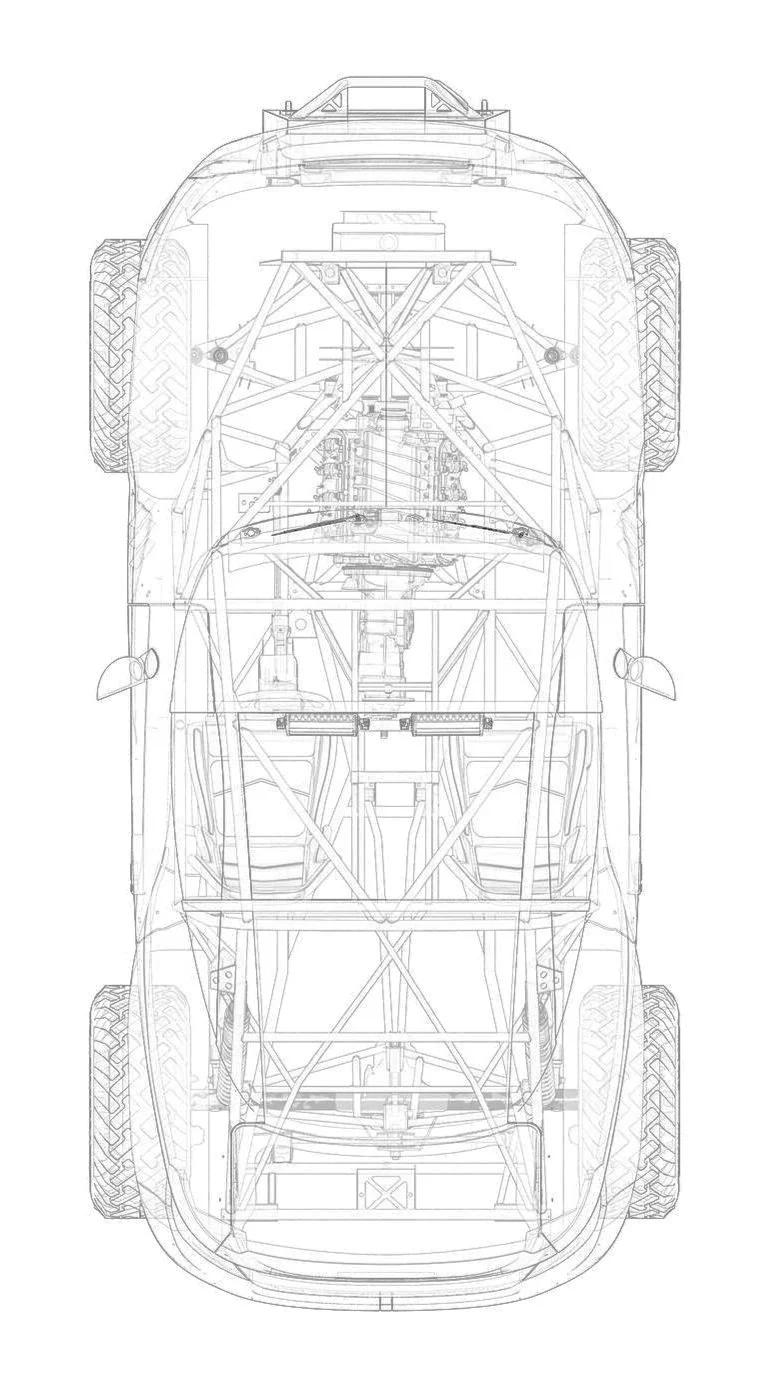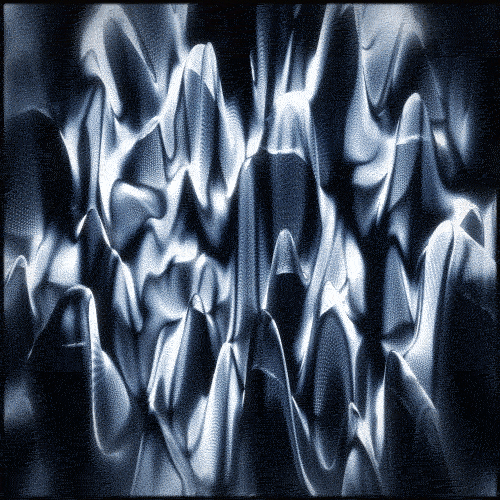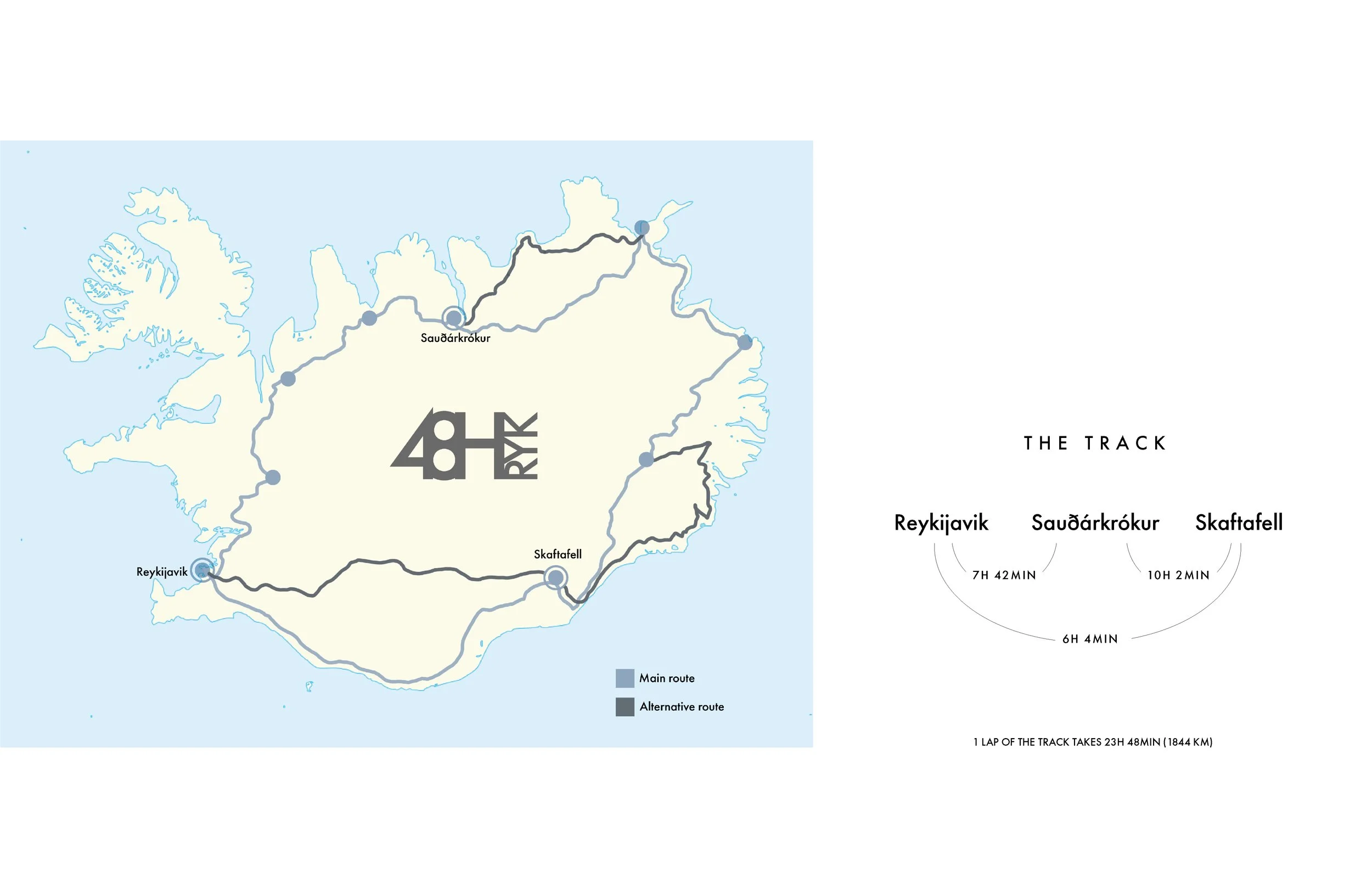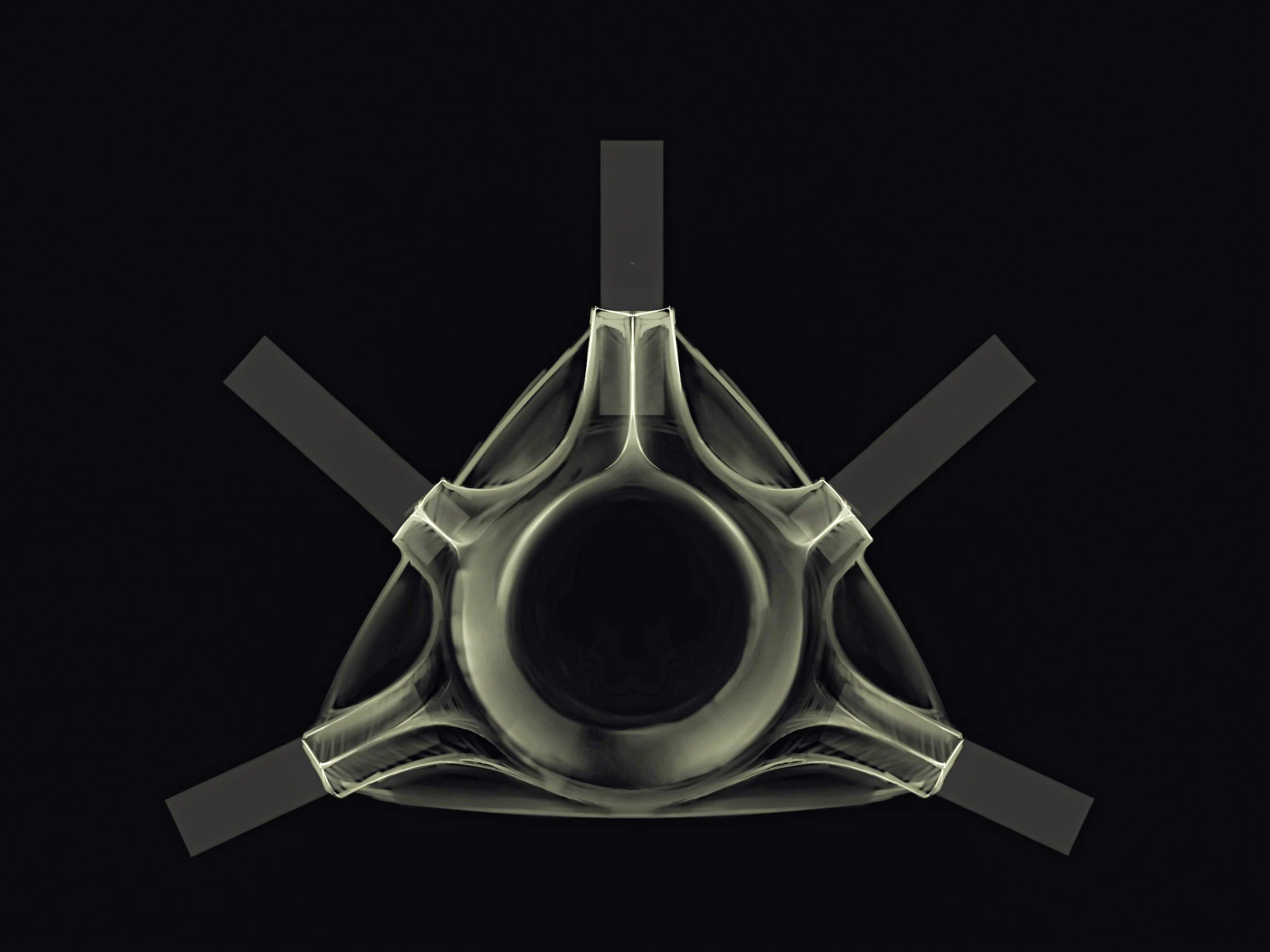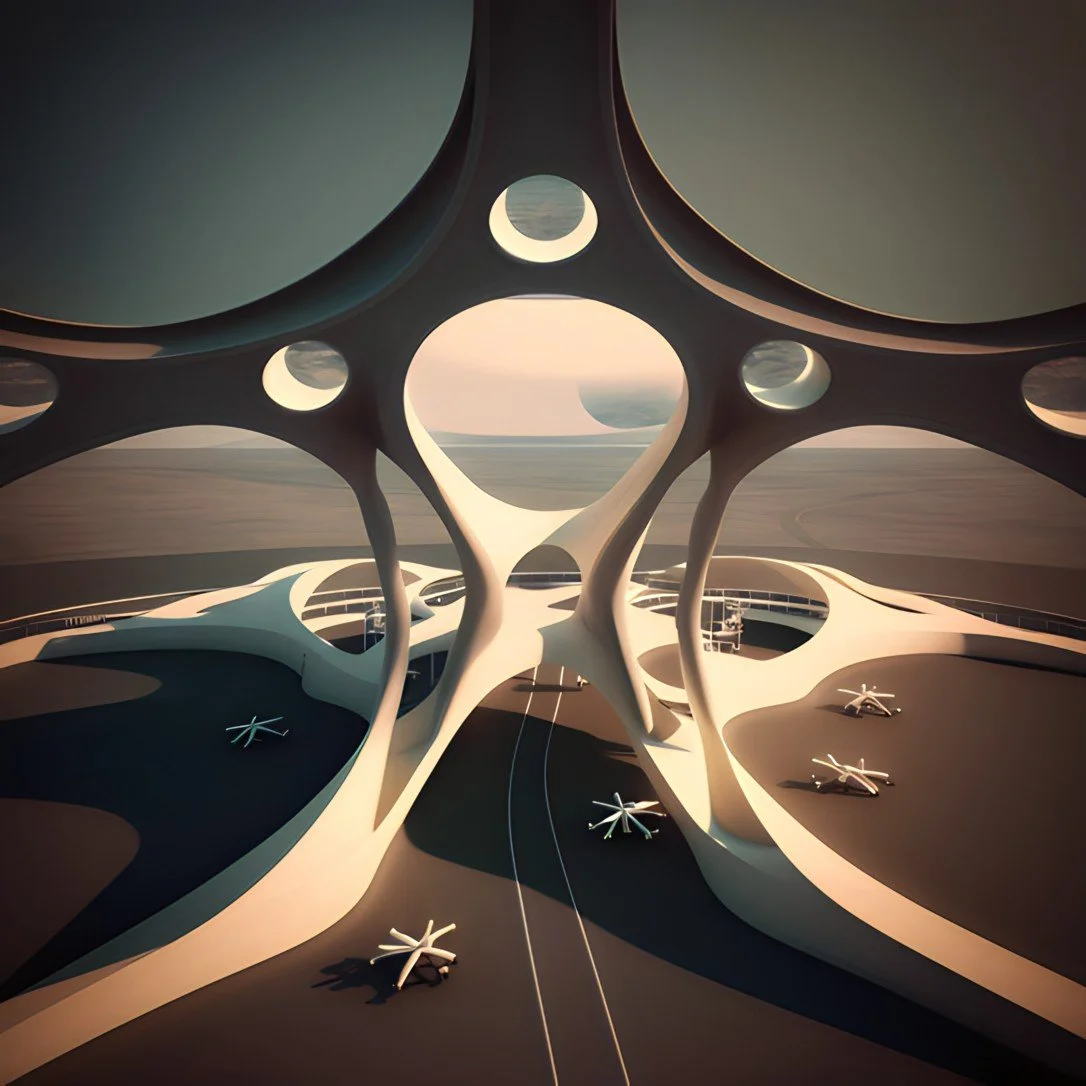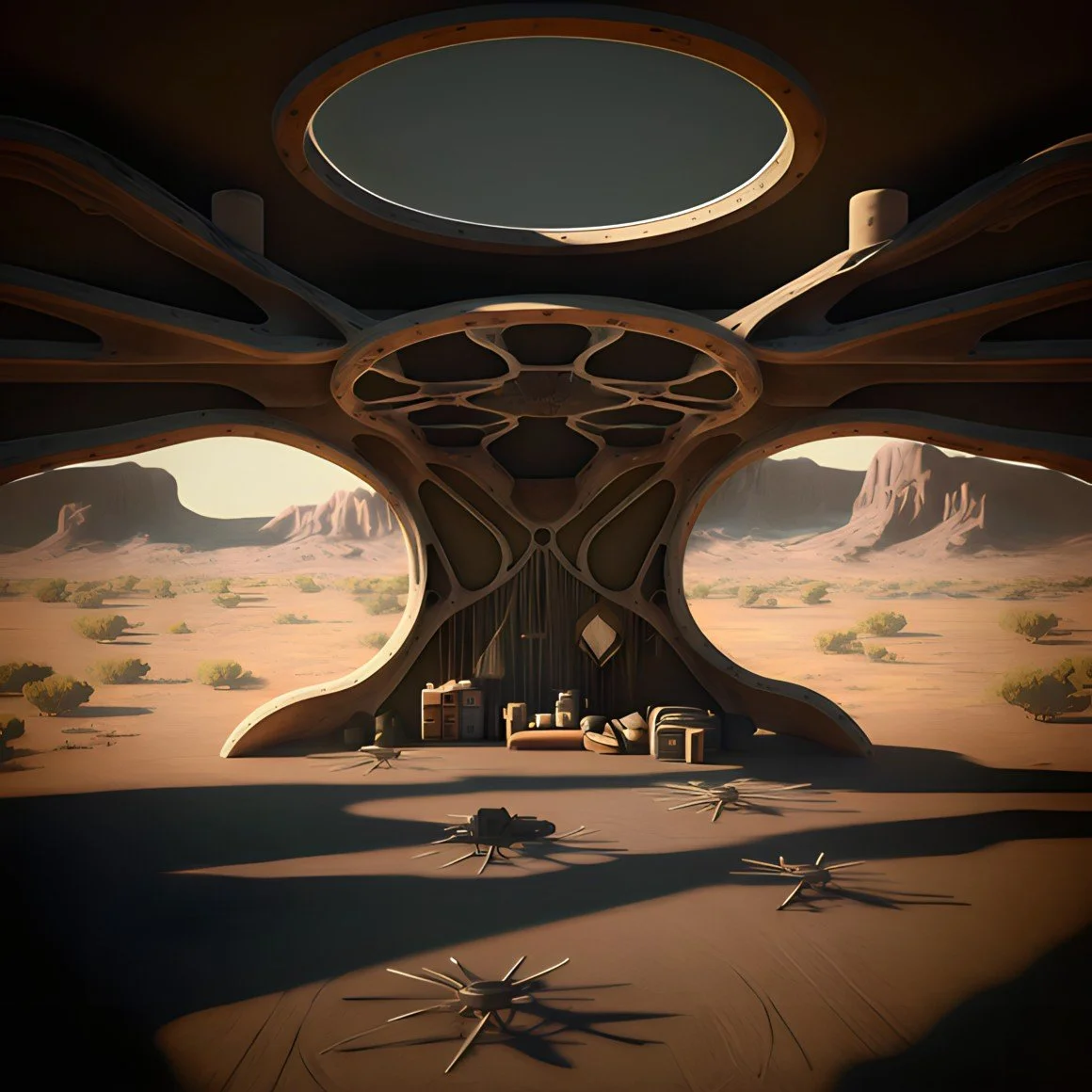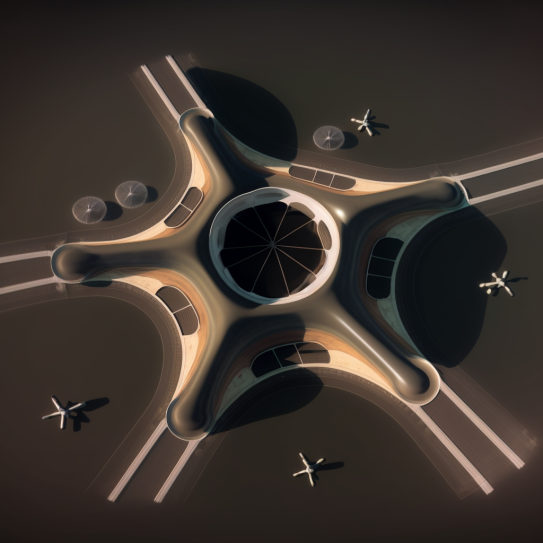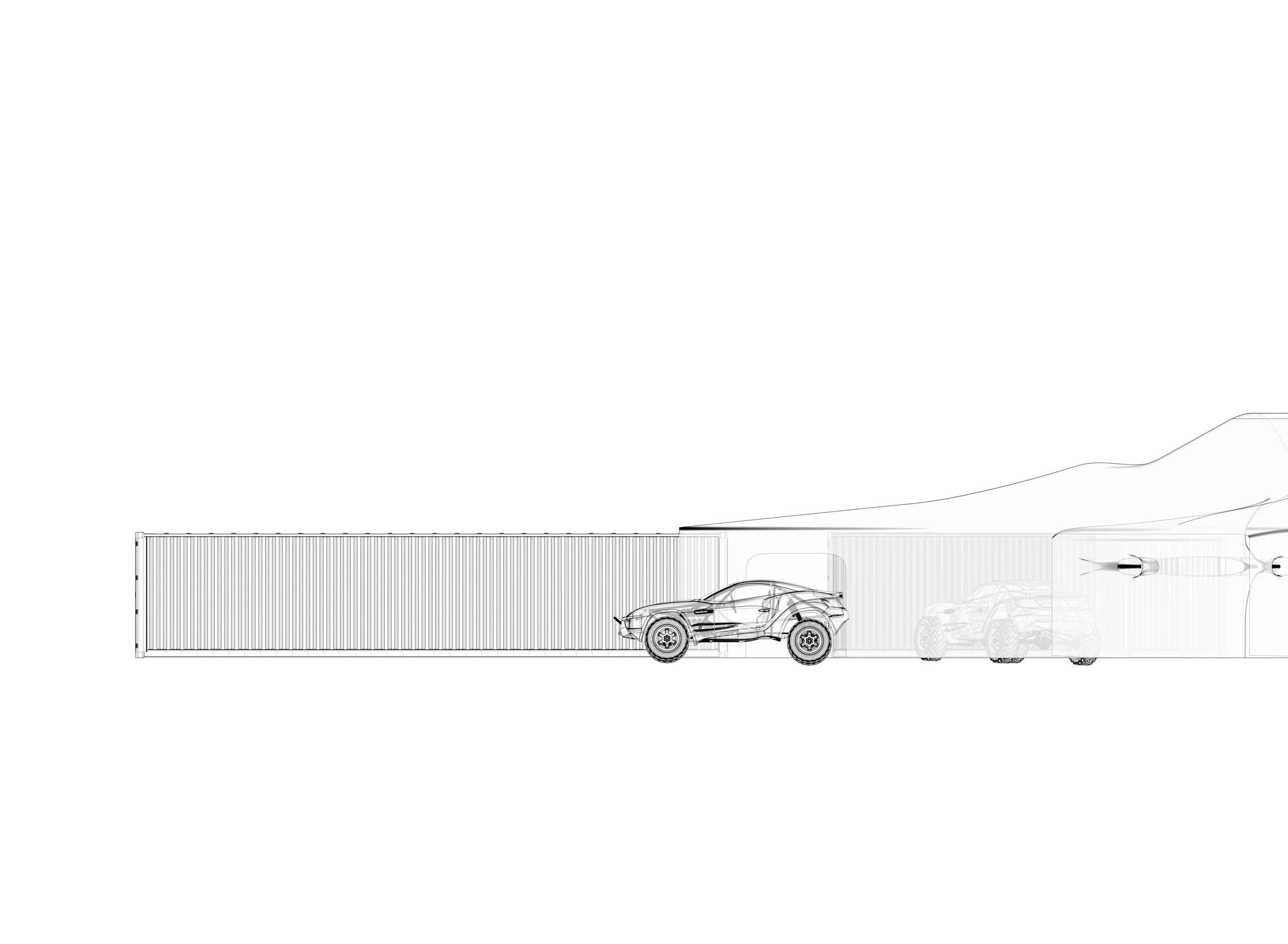future of racing
Pratt Institute thesis project Transportation Design. Professors. Peter Ragonetti, Kate Hixton, Alvaro Uribe, Henry Yoo
The 48 Hours of Reykjavik is more than just a race; it is a challenge to the very nature of human innovation and the role of nature in our design processes. As Lance Hosey writes in 'The Shape of Green,' we must 'recognize that nature is an active stakeholder in all design processes.' Unfortunately, in our pursuit of progress and technological advancements, we have often neglected this crucial stakeholder. However, the 48 Hours of Reykjavik proposes a competition that is different, where the advancements in mobility are considered through the lens of nature. Iceland, with its rich diversity of natural environments, has been chosen as the backdrop for this race, which aims to create a vehicle that can adapt to all these environments without being intrusive to the flora and fauna that inhabit them. This competition is a call to action, a reminder that we must not only consider technological innovation but also our impact on the natural world.
*Skills: Sketching Rendering 3D modeling CMF Vizcom Research Creativiy / Collaboration / Critical Thinking / Communication
hISTORY
Targa Florio
The Targa Florio, which has been held since 1906, is one of the oldest motor racing events in the world and remains a captivating demonstration of the potential of motorsports and how competition encourages innovation. The race's storied past and distinctive location in the Sicilian mountains have driven the racing industry to pursue greater safety measures and explore new possibilities in transportation. The event's heritage and enduring popularity have made it a beloved part of the racing community and a symbol of the sport's constant evolution.
Formula 1
Formula 1 cars are not only the fastest but also the most technologically advanced vehicles on the planet, with cutting-edge engineering and materials used to enhance their performance and safety, including the use of carbon fiber, advanced aerodynamics, and hybrid powertrains that can deliver over 1,000 horsepower. The development of these technologies has been driven by the high-pressure environment of F1 competition, where teams are constantly striving to gain an edge over their rivals by pushing the boundaries of what is possible in terms of speed, efficiency, and safety.
Extreme E
Extreme E was created in 2018 by the same team that founded Formula E. The race takes place in remote locations around the world to raise awareness about climate change and promote environmental conservation. In addition to the racing, Extreme E also focuses on collecting and analyzing data on the local ecosystem, such as water quality and soil composition, to better understand the impact of climate change on these areas. The championship is committed to using sustainable materials and technology, such as electric SUVs powered by hydrogen fuel cells, to minimize its carbon footprint and promote a cleaner future.
The Targa Florio represents the early days of motorsports, when racing was an audacious display of man and machine pushing to the limits on challenging roads. As racing evolved, Formula 1 emerged as the pinnacle of technology and speed, constantly pushing the boundaries of engineering and aerodynamics. And now, with Extreme E, the focus has shifted to sustainability and eco-friendliness, using racing as a platform to raise awareness about climate change and showcase innovative solutions. These three races, spanning over a century, represent the evolution of motorsports from a dangerous and exhilarating adventure to a sophisticated and sustainable form of entertainment, demonstrating how the passion for racing can drive progress and inspire change.
*Skills: Sketching Research Creativiy / Critical Thinking / Communication
GOALS
Diversity
The goal of diversity in this project is to create a more inclusive and representative racing culture, where individuals from diverse backgrounds, including those of different ethnicities, socioeconomic status, and beliefs, have equal opportunities to participate and succeed. By promoting diversity, the project aims to contribute to a more equitable and sustainable racing ecosystem, a racing series with a focus on sustainability and gender equality.
Despite the immense talent present, the racing industry has historically lacked diversity, with a male-dominated grid and a lack of representation of different races and ethnicities. The sport's white-dominant history highlights the need for diversification and improvement in all aspects of racing, both on and off the track, to ensure equal opportunities for all individuals regardless of gender or background.
*Skills: Sketching Research Data Visualization Critical Thinking / Communication
Lella Lombardi at the Race of Champions in 1975
Sustainability
The project's sustainability goals include finding a balance between technology, sustainability, and humanity while ensuring that the environment is not adversely affected. Maintaining a balance between nature and racing is a key pillar of the project, and all efforts are being made to minimize the environmental impact of the race. The race is committed to utilizing sustainable technology and practices, and to promoting a culture of environmental responsibility among competitors and fans alike. The ultimate goal is to create a racing event that showcases the best of technology and human ingenuity while also preserving the natural world for future generations.
The use of new and upcoming materials in racing can allow for further exploration and innovation, similar to the impact that carbon fiber had on the industry. With a focus on sustainability, the emphasis is now on the use of materials that can react and adapt to the changing world, while also being environmentally conscious.
F1 car made out of flax composite
Humanium is a recycled metal made from seized illegal firearms.
Continental tire compound made out of dandelion
Experience
While the traditional culture of racing is associated with the sights, sounds, and smells of gas engines, alternative outdoor experiences are increasingly attracting people to the sport. The new format of consumption, with drone footage and up-close follow-ups, has proven that it can create a sustainable racing environment for teams.
F1 drivers supporting BLM
Drone pilot
Toni Breidinger is the most successful female professional race car driver
Profitability
The racing industry, especially F1, has a lot of money involved, with an estimated annual revenue of $2 billion. Sponsors see the opportunity to get associated with winning teams and support the sport due to its competitive nature. However, this well-funded industry needs innovative ideas to make a significant impact on the world. The project aims to use the resources and opportunities present in the racing space to push for sustainability, diversity, and innovation. By implementing these principles, we hope to create a more inclusive and environmentally responsible racing environment while still maintaining the competitive spirit that makes racing so exciting. Money is a crucial factor for making a significant change in the world.
color Material Finish + tech
The utilization of materials and science must be a fundamental pillar of any sustainable racing project. As we continue to advance technologically, it is essential to do so with nature in mind and not at its expense. All aspects of the project must emphasize this principle, from the materials used in the cars to the technologies that drive them. By prioritizing sustainable and eco-friendly materials, the racing environment will not only protects the environment but also contributes to its conservation.
Niobium
Niobium is a metal that has been used in aerospace and military applications due to its unique combination of strength, light weight, and resistance to corrosion. Its properties make it an ideal material for racing cars, which require strength and durability while also being lightweight. Additionally, niobium is a sustainable material as it can be recycled and has a lower environmental impact than other metals commonly used in racing cars. By using niobium in the construction of racing cars, we can not only improve the performance but also make the sport more sustainable.
Niobium is a relatively rare metal that is mostly obtained from the minerals pyrochlore and columbite. It is mined in several countries around the world, including Brazil, Canada, and Nigeria. However, the extraction process for niobium is relatively complex and can be energy-intensive, which can impact the sustainability of its mining and production. Efforts are being made to improve the efficiency of niobium extraction and reduce its environmental impact through the use of more sustainable mining practices and cleaner technologies.
Lithium mine
Electric mobility
The use of electric power units in racing cars is a crucial step towards sustainability in motorsports. By eliminating the use of fossil fuels, electric mobility reduces carbon emissions and helps preserve the environment. Furthermore, electric power units have the potential to improve the efficiency and performance of racing cars. As we continue to develop new and better batteries, electric power units will become even more efficient, and this will ultimately lead to more sustainable racing.
The sustainability of lithium extraction depends on the specific practices used to extract it. Some lithium extraction methods, such as brine extraction, have a lower environmental impact compared to hard rock mining. Additionally, efforts are being made to improve the sustainability of lithium extraction through more efficient use of resources and reduced environmental impact.
AI driving
The use of artificial intelligence in driving can help to reduce the environmental impact of racing. With AI, we can optimize the performance of racing cars, improving their speed and efficiency while also reducing their carbon footprint. Additionally, AI can help to reduce accidents and increase safety, which is critical in a high-speed racing environment. As AI technology continues to evolve, we can expect to see even more improvements in the sustainability and safety of motorsports.
By incorporating AI to strategize the track for optimal performance, the technology becomes more than just a tool to assist in the race, it also facilitates the development of AI for everyday car use.
*Skills: Sketching Rendering 3D modeling CMF Vizcom Research Creativiy / Critical Thinking / Communication
*Roborace is a competition where self-driving cars race against each other, aiming to improve the technology behind autonomous vehicles.
THE VEHICLE
The design of the vehicle drew inspiration from the natural aging of canyons. The way in which time and nature have modified the space is a testament to the beauty of optimization in the natural world. The shape of the car features side panels that resemble the canyons, made from sustainable composites that not only provide a sleek look but also reduce the environmental impact of the vehicle construction.
Through multiple iterations of design, the project aimed to create a vehicle shape that would captivate a wider audience and draw more people into the world of racing. The selection of materials played a crucial role in shaping the vehicle, with a strong emphasis on sustainability and performance. Drawing inspiration from nature and aerodynamics, the team explored various sketches and directions to find the optimal balance between aesthetics and functionality. The result is a vehicle design that not only showcases the latest advancements in technology but also resonates with the beauty and efficiency found in the natural world.
Wheelbase 2972MM
Height 1.80 M
Lenght 4.50M
Ride height 450MM
Weight 1750kg
Suspension travel 385mm
48H of Reykjavik Fleet: One Design, Unlimited Possibilities. All teams share the same base chassis, providing a level playing field for competition. However, teams have the freedom to customize and modify their vehicles based on their unique requirements. The vehicle battery is designed to last 100km even in extreme conditions, ensuring endurance and reliability throughout the race
Drafting inspiration from the unique shapes of canyons formed by the forces of nature.
As technology advances, it becomes increasingly important to look back to nature's code not just for aesthetic and aerodynamic inspiration but also for structural inspiration, such as using the complex network of tree roots as a model for the vehicle's frame.
*Skills: Sketching Rendering 3D modeling CMF Vizcom Research Creativiy / Collaboration / Critical Thinking / Communication
Uniting Colors and Sponsors. With each team having its own unique focus and specialization while sharing the same base car model, the incorporation of distinct team colors has opened up a platform for sponsors to join and support various technologies. This approach not only adds vibrancy to the race, but it also fosters collaboration and innovation, allowing different companies to contribute their expertise and advance specific areas of technology within the racing ecosystem.
48HRof RYK
The future of transportation lies in finding a balance between technology and nature. As we continue to advance technologically, it is crucial to consider the impact on the environment and strive towards sustainability. This is the driving force behind our project, which seeks to create a new vision for racing that is in harmony with nature.
The Race Route: Exploring Iceland's Breathtaking Landscapes. The carefully curated race layout takes participants through some of Iceland's most scenic and awe-inspiring locations. This provides a unique opportunity for teams to test the harmony between their vehicles and the natural environment. A key focus of the race is to leave minimal or no trace behind, ensuring that the path taken by the race is respectful of the pristine landscapes and promotes sustainability.
Embracing Human and AI Collaboration. The race embodies a dynamic blend of human and AI racing, allowing teams the freedom to alternate between human and computer drivers throughout the 48-hour duration. The race format mandates that the driving responsibilities be evenly divided, with half of the race hours entrusted to human drivers and the remaining half to AI-powered systems. This unique combination of human skill and technological prowess creates an exhilarating and innovative racing experience.
Building the Racing Hub: Beyond a Seasonal Venue. The establishment of a dedicated Race Operations Center plays a pivotal role in the success of the event. This center goes beyond a mere seasonal facility, as it serves as a dynamic space that fosters continuous development of the race. When not in use, it transforms into a vibrant hub, serving as a gathering point for racers, enthusiasts, and nature lovers alike. It acts as a central spot for community engagement, providing opportunities for exploration, hikes, and immersions into the captivating surroundings, offering a truly enriching experience beyond the race itself.
Explorations
*Skills: Sketching Rendering 3D modeling Research Creativiy / Collaboration / Critical Thinking / Communication
Auto design minor
*Skills: Sketching Rendering 3D modeling CMF Vizcom Research Sketching Creativiy / Collaboration / Critical Thinking / Communication
To present my unconventional automotive design project at Pratt Institute, I had to create the minor in automotive design within the school of design. Despite Pratt's rich history in design and industrialization, there was no automotive scene during my time at the institution, so I had to create a space for this area of design. Fortunately, the dean of the design school agreed to my proposal, and I surrounded myself with professors and mentors to create the minor.
After two years of intense study in the field, I successfully established the minor, which was reflected in my project. When I presented it to industry professionals from major teams and brands such as Lamborghini, Aston Martin, McLaren, Toyota, Nissan, and Singer Porsche, they were not only impressed but also excited about the next steps of the project. We discussed how sustainability practices are leading the automotive design space, and my project was aligned with this shift. It was a great opportunity to showcase my work and receive valuable feedback from some of the biggest names in the industry.












